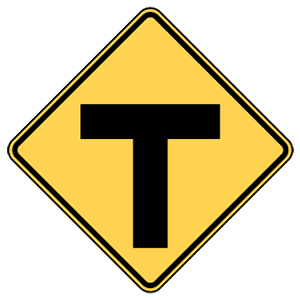2025 New Hampshire Permit Test 7
The following questions are from real DMV written tests. These are some of the actual permit questions you will face in New Hampshire. Each permit practice test question has three answer choices. Select one answer for each question and select "grade this section." You can find this button at the bottom of the drivers license quiz. For a complete list of questions and answers for New Hampshire please visit https://cheat-sheets.dmv-written-test.com/en/new-hampshire/car.
Number of Tests
Number of Question
Passing Score
9. When parking uphill next to a curb, set the parking brake and:
Explanation
When parking facing uphill on a street that has a curb, set your parking brake and turn your steering wheel away from the curb. This way, if your vehicle starts to roll, it will roll into the curb.
11. If two vehicles arrive to an uncontrolled intersection at the same time:
Explanation
If two vehicles arrive at the same time to an uncontrolled intersection, the driver on the left must yield to the driver on the right. The driver on the left may then proceed when it is safe to do so.
12. A diamond-shaped sign:
Explanation
Diamond-shaped signs warn drivers of existing or potential driving hazards. You will usually see these signs in yellow or orange.
13. This sign means:

Explanation
Circular traffic signs indicate upcoming railroad crossings. This sign tells drivers that they are approaching a railroad crossing and should be looking for signs of an oncoming train.
14. To pass a slower-moving vehicle on a two-lane, two-way road, you must:
Explanation
Passing on a two-lane, two-way road requires good judgment because you must use the lane belonging to oncoming traffic to complete your pass. Only pass if you may safely and legally do so.
15. Which of the following does not happen after drinking?
Explanation
Alcohol reduces your reaction time, reduces your ability to see clearly, changes your judgment of speed and distances, reduces your ability to recover from the glare of headlights, and often reduces your inhibitions and makes you more likely to take risks.
16. You need to use extra caution when driving near a pedestrian using a white cane because:
Explanation
When driving near a blind pedestrian who is carrying a white cane or walking with a guide dog, you must slow down, yield the right-of-way, and then proceed with caution. Be prepared to stop your vehicle in order to prevent injury or danger to the pedestrian.
Ranked by best match

